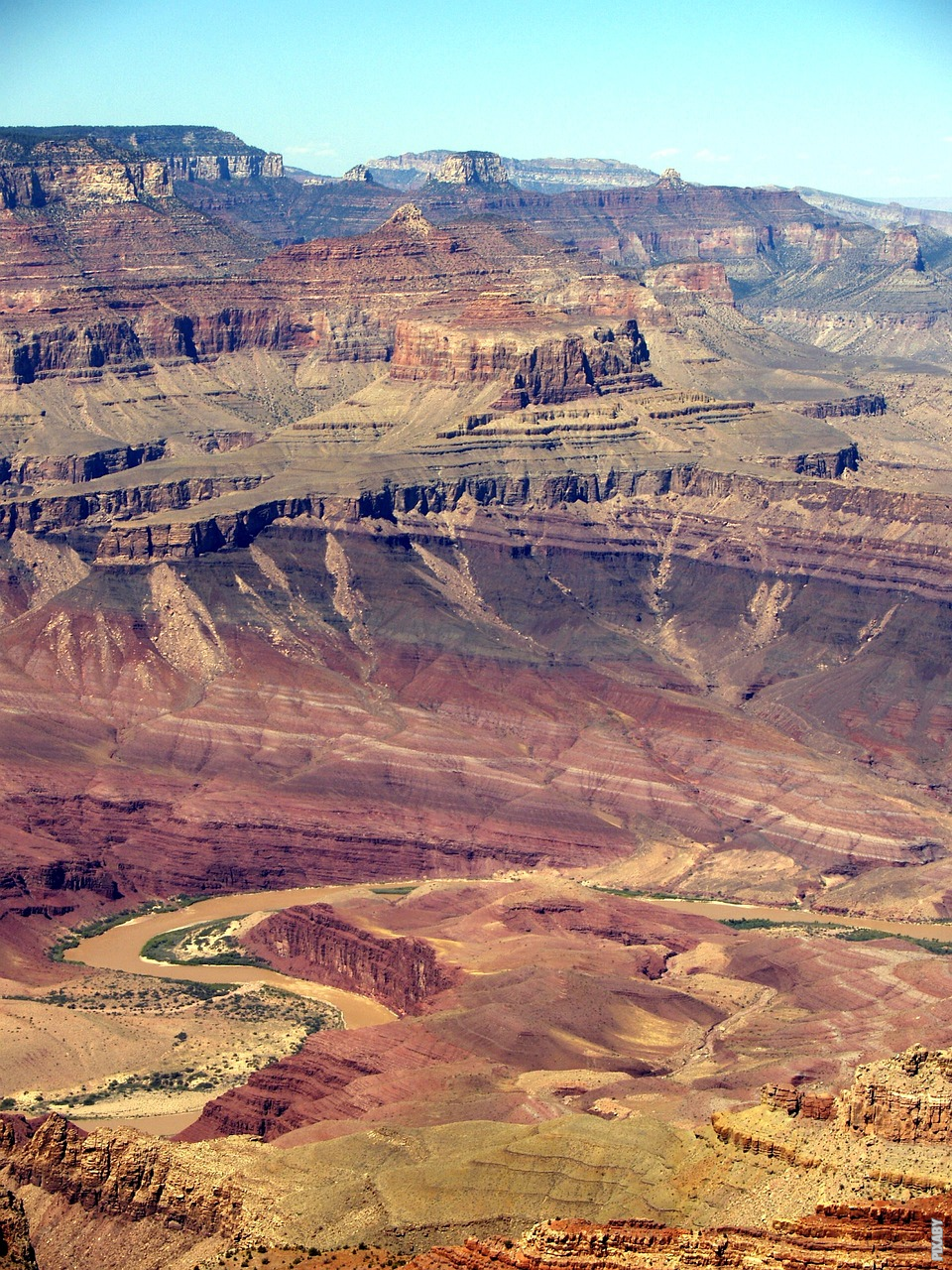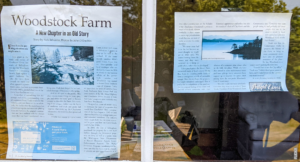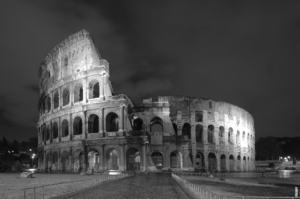The Birth of a Natural Wonder
The Grand Canyon, one of the world’s most awe-inspiring geological wonders, is a testament to the immense power of nature. This magnificent canyon stretches over 277 miles through the heart of Arizona, captivating millions of visitors each year. But how exactly did this majestic masterpiece come into existence?
Millions of Years in the Making
To truly understand the formation of the Grand Canyon, we must travel back in time, millions of years ago. The story begins with the Colorado River, which has been carving its way through the rocks for approximately 6 million years. But the forces that shaped this breathtaking landscape go back even further.
The Power of Plate Tectonics
Over 70 million years ago, the North American Plate and the Pacific Plate collided, giving rise to the Rocky Mountains. This colossal collision caused the Earth’s crust to uplift, creating a vast plateau in the region. As time passed, the relentless flow of water from rainfall and rivers began to shape the plateau into what we now know as the Grand Canyon.
The Unyielding Power of Erosion
While plate tectonics set the stage for the formation of the Grand Canyon, erosion played the starring role. The Colorado River, along with its tributaries, relentlessly eroded the rocks and carried away sediment, gradually deepening and widening the canyon.
The Mighty Colorado River
The Colorado River, with its sheer force and persistence, continued to carve deeper into the plateau, exposing layers upon layers of ancient rocks. As it meandered through the landscape, it sculpted steep cliffs, towering buttes, and majestic mesas. The river’s power is evident in the sheer size and depth of the Grand Canyon.
Post
Post
A Geological Time Capsule
What makes the Grand Canyon truly exceptional is its remarkable display of geological history. The exposed rock layers span millions of years, providing scientists with invaluable insights into Earth’s past. From the Vishnu Schist at the bottom, estimated to be 1.7 billion years old, to the Kaibab Limestone at the top, approximately 270 million years old, each layer tells a story of Earth’s ever-changing landscape.
A Monument to Natural Forces
The formation of the Grand Canyon is a testament to the power of geological forces and the passage of time. Millions of years of erosion, uplift, and the unwavering persistence of the Colorado River have created this magnificent masterpiece. Today, visitors from around the world stand in awe of its grandeur, marveling at the intricate tapestry of rock layers that reveal Earth’s ancient history.
As you gaze upon the vastness of the Grand Canyon, remember that its creation is a reminder of the remarkable forces that have shaped our planet over countless millennia.



